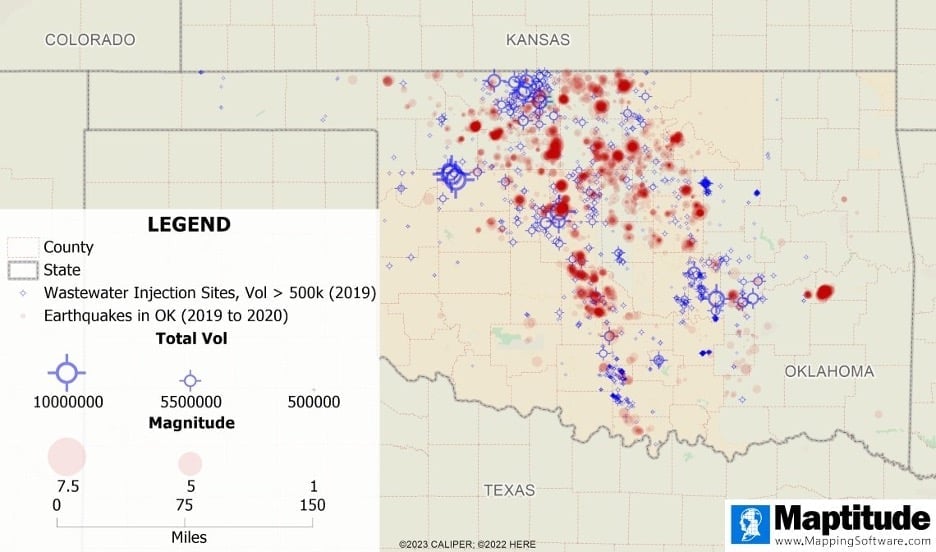Maps and Cartography
Maps and cartography are essential tools in geography that enable us to visualize and understand the Earth’s surface and its features.
Cartography is the art and science of creating maps, which involves the use of sophisticated technology and techniques to accurately represent the Earth’s physical and cultural features.
Maps provide a visual representation of the world, allowing us to identify patterns, explore spatial relationships, and navigate through unfamiliar terrain.

What is at Zero Degrees Latitude and Zero Degrees Longitude?
What can be found at zero degrees latitude and zero degrees longitude?

Latitude and Longitude Explained: How to Read Geographic Coordinates
Learn more about lines you see on a map running east-west and north-south called latitude and longitude.

Cordiform: Heart-Shaped Map Projections
Heart shaped map projections are known as cordiform map projections which is derived from the Latin "cor" for heart and form for shape.

How to Track Santa Claus in 2023
Learn about the history of tracking Santa's Christmas travels and how to follow Santa using NORAD's app.

How Mapping Software Helps Us Analyze Earthquakes
Mapping software can help us observe trends in earthquakes, identify areas of high earthquake prevalence, and explore relationships between earthquakes and other phenomena.
